In today's global marketplace, navigating import-export compliance can feel like a daunting task for many businesses. With various regulations and standards to adhere to, it's crucial to stay informed to avoid potential pitfalls. Understanding the ins and outs of compliance not only helps in easing the operational process but also ensures your business remains competitive on the international stage. Join us as we delve deeper into the essentials of import-export compliance and discover how you can streamline your processes for success!
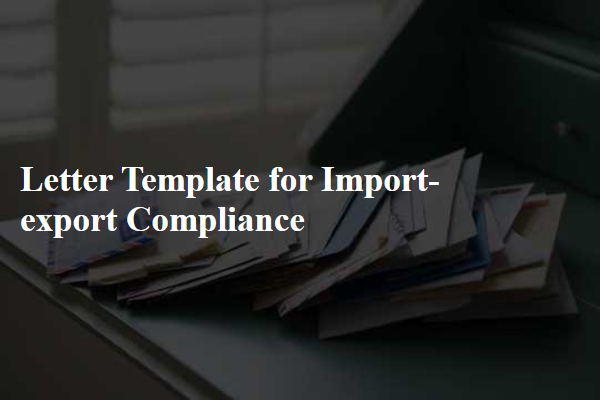
Clear Identification of Parties
Clear identification of parties is crucial in import-export compliance documents to ensure accountability and adherence to legal requirements. The importer (often a business entity) must include the legal name, address, and registration number associated with the office registered in the respective country, such as the United States' Employer Identification Number (EIN). Similarly, the exporter should provide their full legal name, physical address, and potentially their Taxpayer Identification Number (TIN), ensuring that all parties involved are clearly outlined. Such documentation typically also highlights the roles and responsibilities of each party, covering details such as contact information, trade license numbers, and any relevant registration with governmental trade bodies, like the International Trade Administration (ITA), to facilitate verification and compliance checks by customs authorities.
Detailed Description of Goods
The detailed description of goods for import-export compliance requires specific information about items such as electronic components, textiles, or machinery. For instance, a shipment of electronic components may include 500 units of microcontrollers (part number ATmega328), used in various applications including robotics and home automation. Each microcontroller operates at 16 MHz and contains 32 KB of flash memory. Textile goods might consist of 1,000 meters of 100% cotton fabric (style number COT123), certified by the Global Organic Textile Standard (GOTS), produced in Bangladesh. Machinery could refer to two units of hydraulic excavators (model CAT 320), which weigh 8.5 tons each and comply with EU Stage V emission regulations. Accurate classification under the Harmonized System (HS) code plays a crucial role in customs documentation, determining duty rates and possible trade restrictions.
Compliance with Regulations
Import-export compliance with regulations is essential for ensuring smooth international trade operations. Customs regulations in various countries impose specific requirements for documentation, such as invoices, bills of lading, and certificates of origin, to facilitate the clearance of goods. The International Trade Administration (ITA) reports that non-compliance can result in heavy fines, delays, or even confiscation of goods. Additionally, trade agreements like the North American Free Trade Agreement (NAFTA) and the Comprehensive and Progressive Agreement for Trans-Pacific Partnership (CPTPP) outline preferential tariff treatment that requires strict adherence to rules of origin and export controls. Frequent updates from regulatory bodies, such as the U.S. Customs and Border Protection (CBP) and the World Trade Organization (WTO), emphasize the importance of ongoing education and training for compliance professionals to navigate complex legal frameworks effectively.
Documentation and Certifications
Comprehensive import-export compliance involves meticulous documentation and certifications that ensure adherence to international trade regulations. Essential documents include the Bill of Lading (indicating shipping terms), Commercial Invoice (detailed value assessment), and Packing List (inventory breakdown). Certifications are vital, such as the Certificate of Origin (confirming goods' provenance) and various safety and compliance certificates like ISO 9001 (quality management standard). Export License (government authorization) may also be necessary for specific commodities like technology or dual-use items. Accurate documentation facilitates smooth customs clearance, minimizes delays, and ensures compliance with regulations set forth by authorities like the U.S. Customs and Border Protection (CBP) or the World Trade Organization (WTO).
Terms and Conditions
In the realm of international trade, adherence to import-export compliance ensures alignment with regulations and promotes smooth transactions. Key elements include tariff classifications, specified under the Harmonized System (HS) Codes, which determine applicable duties. Import/export licensing requirements are essential, as governments enforce regulations in specific sectors, such as technology or pharmaceuticals. Compliance with the Export Administration Regulations (EAR) is crucial to prevent the unauthorized export of controlled goods, ensuring national security. Additionally, the parties involved must implement Incoterms (International Commercial Terms), defining responsibilities for shipping, insurance, and tariffs to mitigate risks in logistics. Furthermore, accurate documentation, including commercial invoices and packing lists, is necessary to streamline customs clearance in destinations such as ports in Hamburg, Germany, or Los Angeles, USA. Maintaining accurate records (typically for five years) mitigates potential disputes and facilitates audits by authorities.

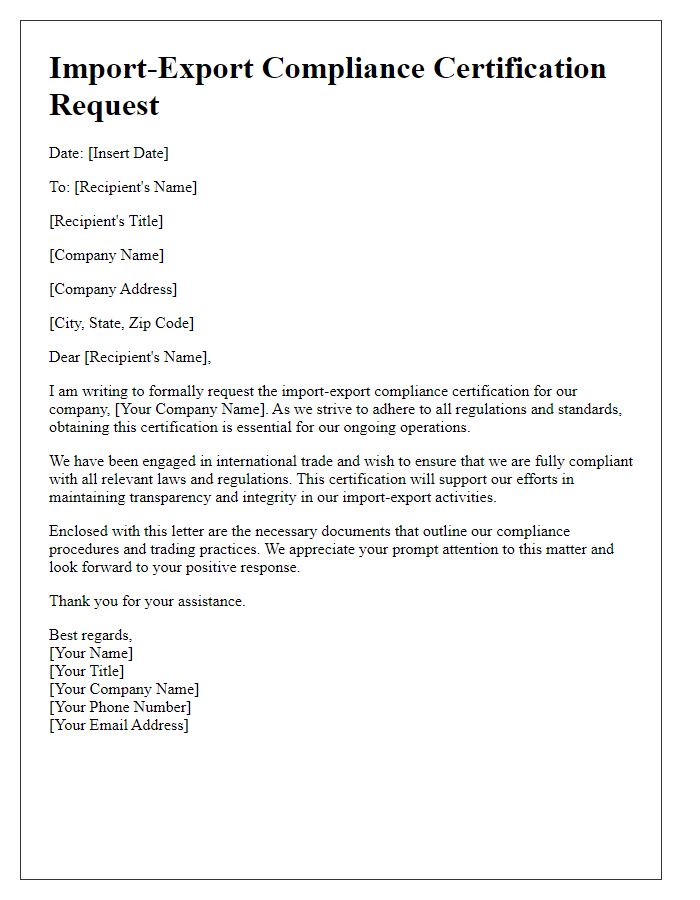

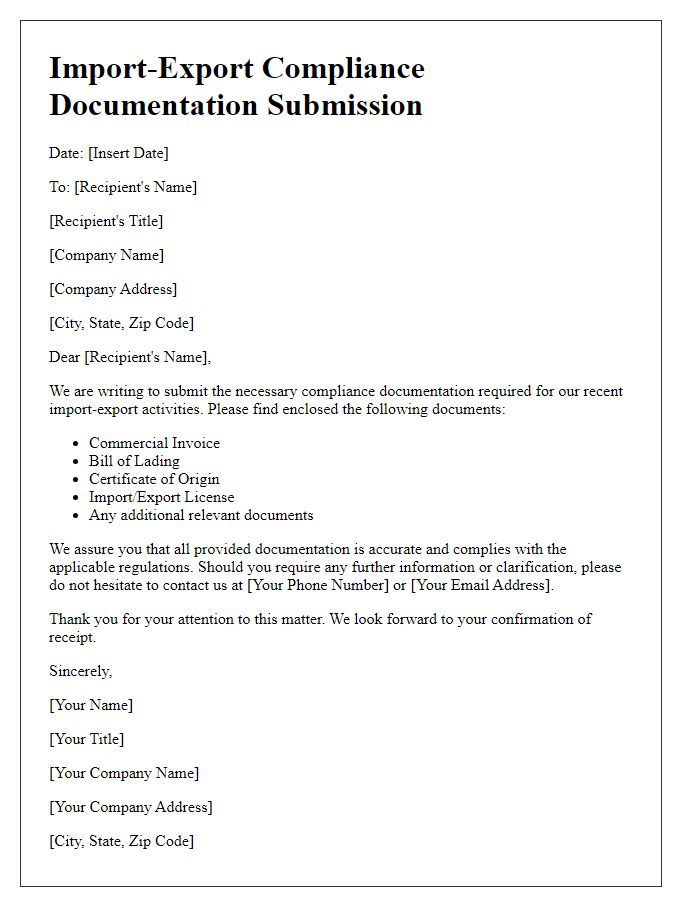
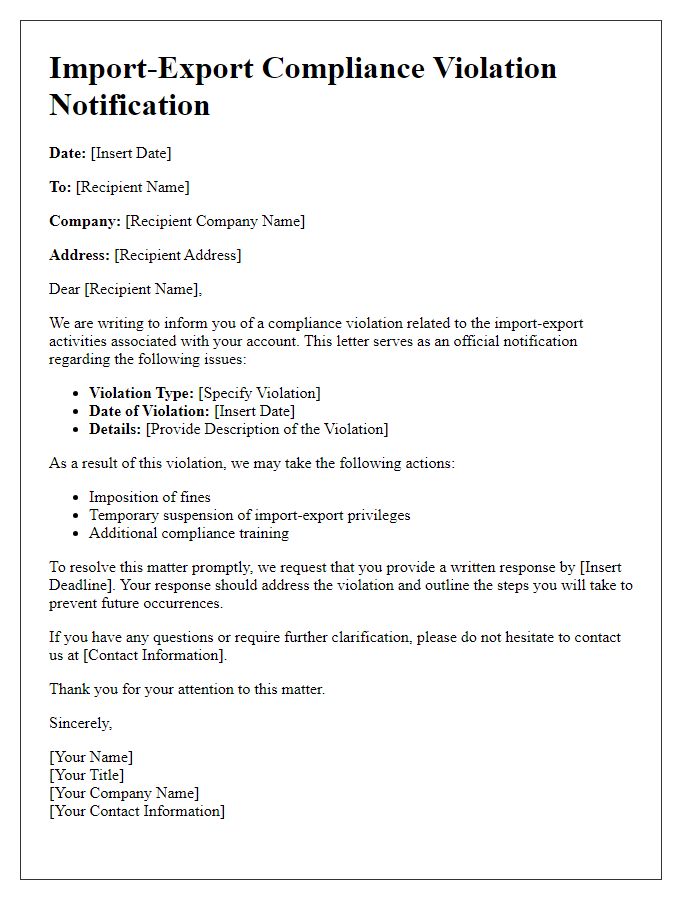
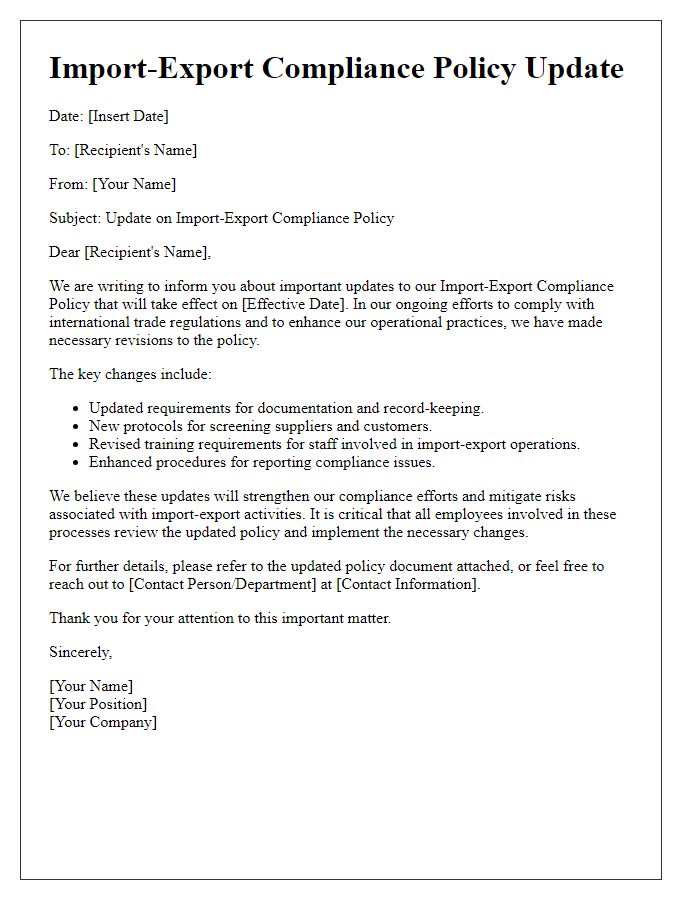
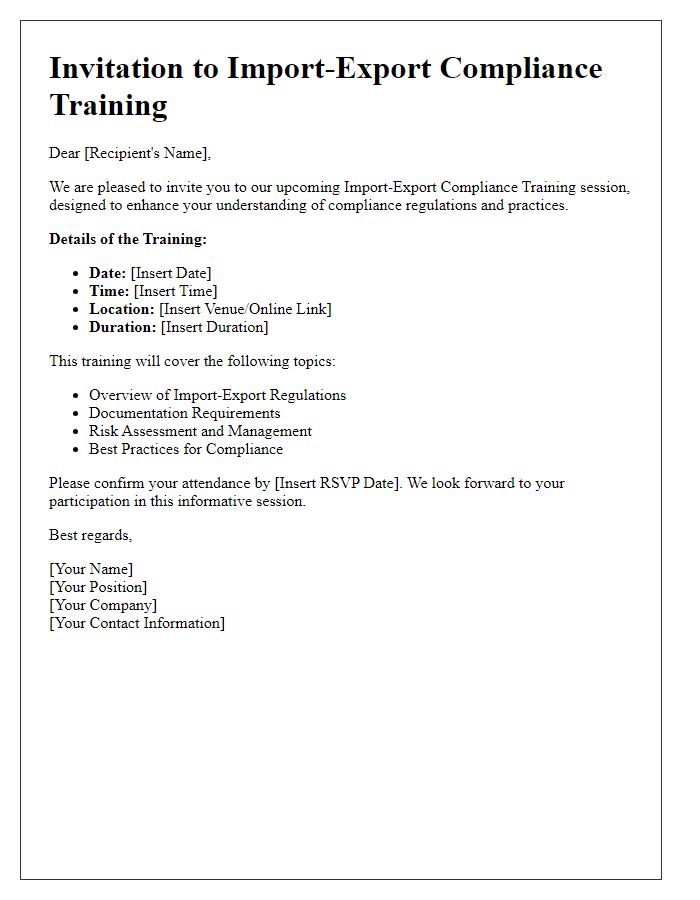
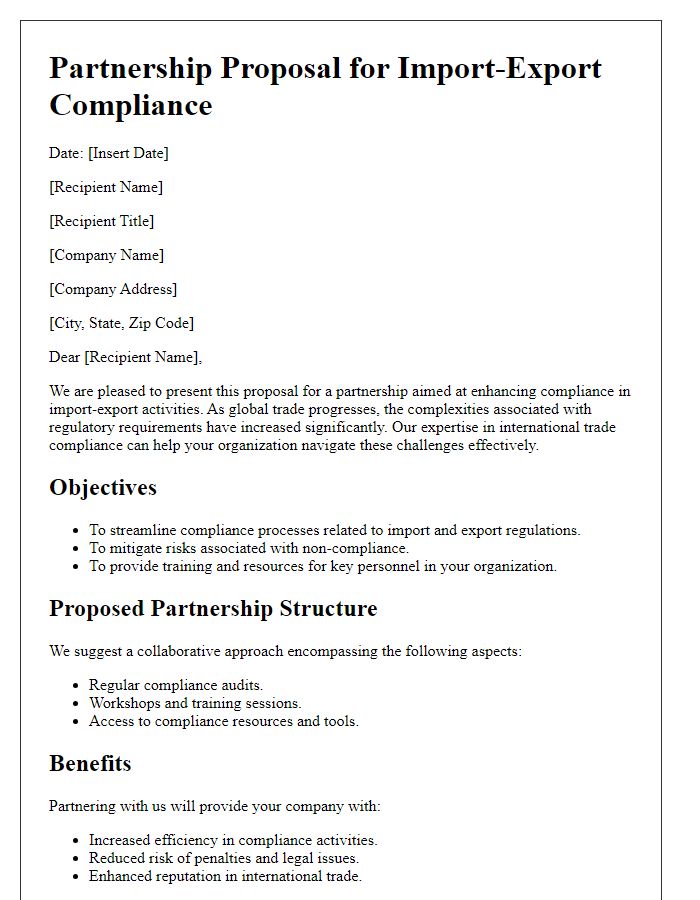
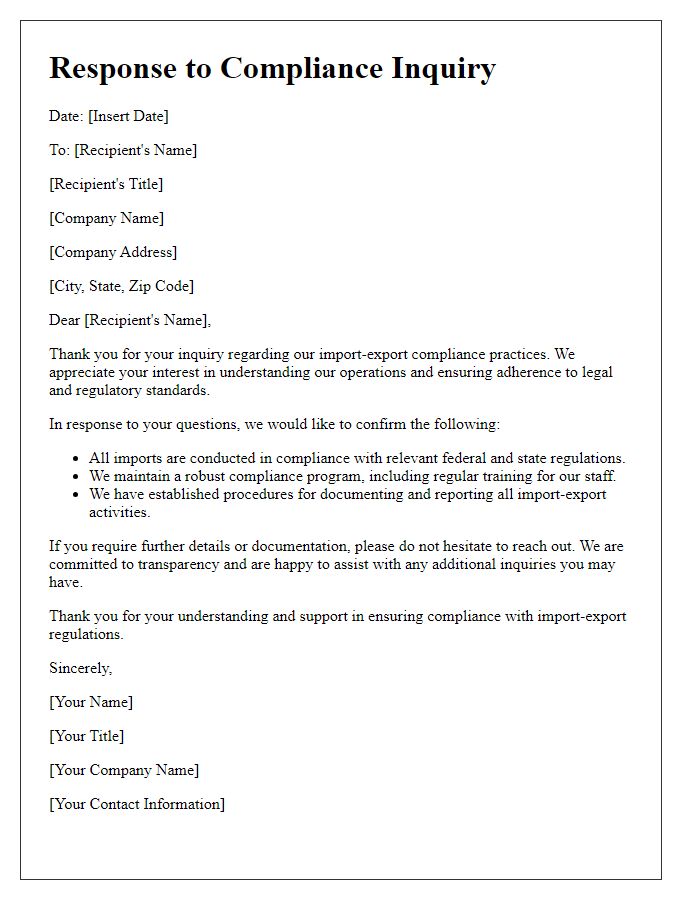
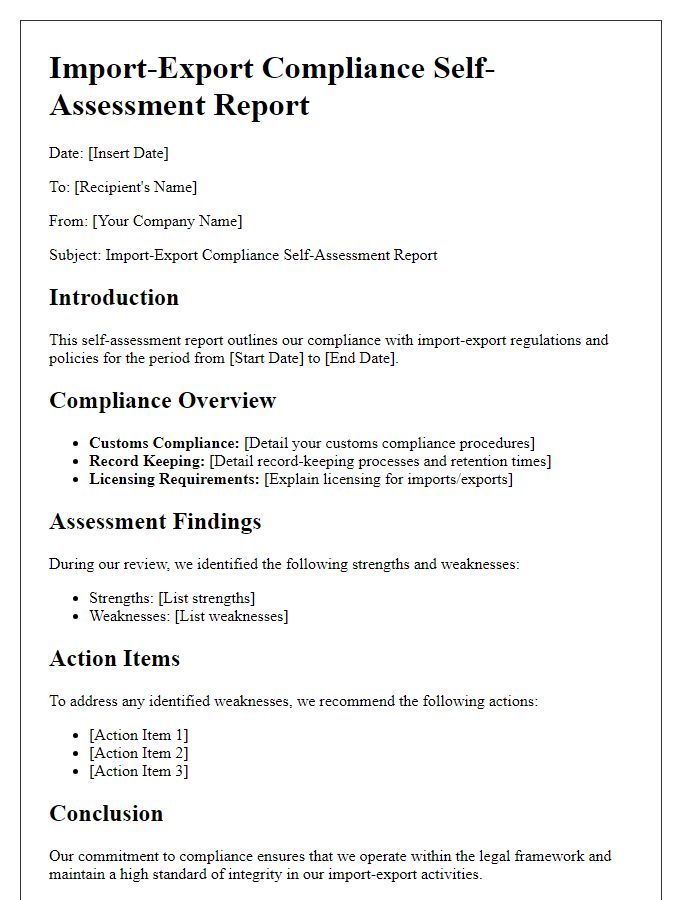
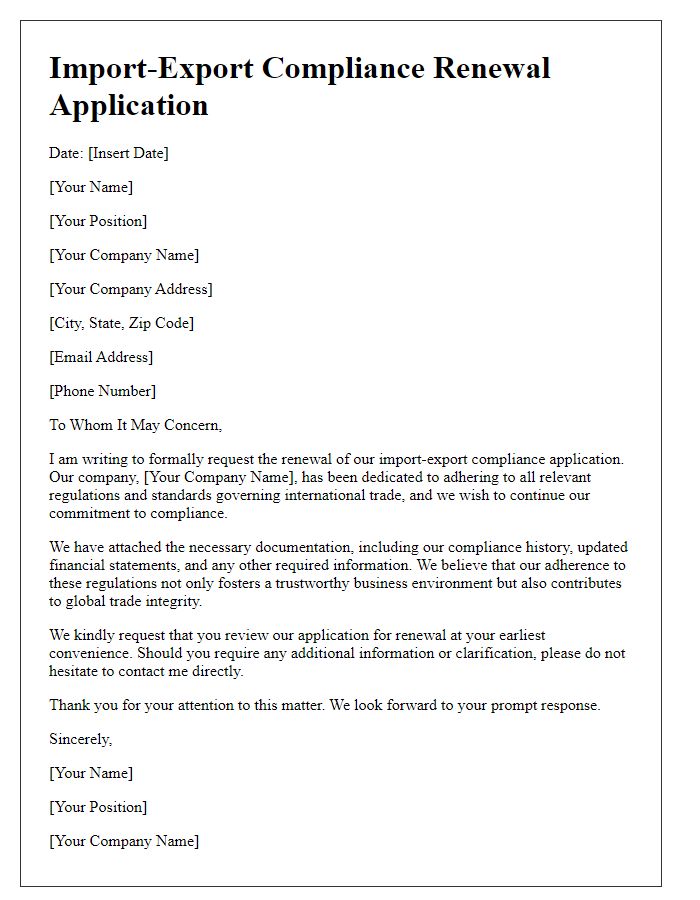


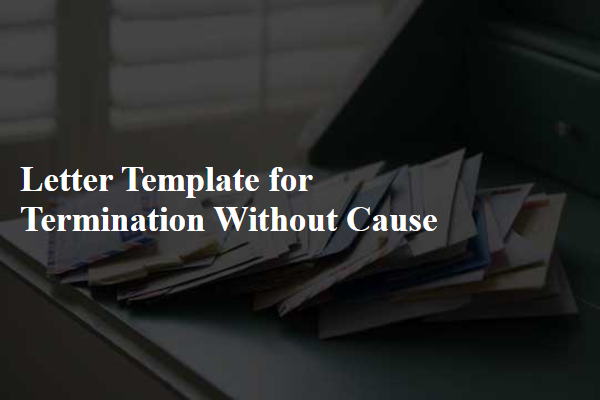
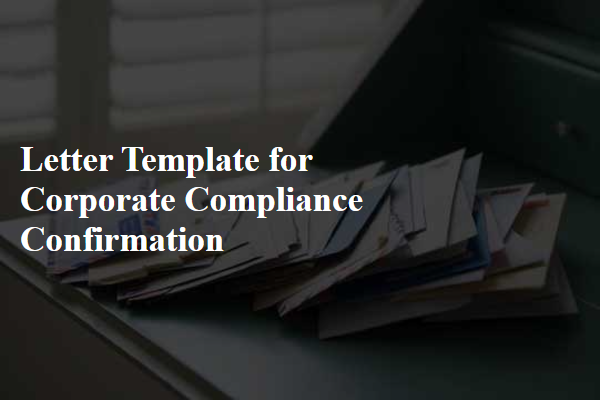

Comments